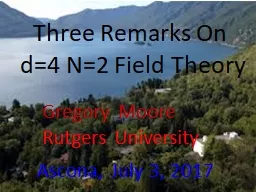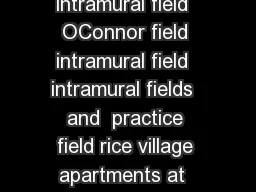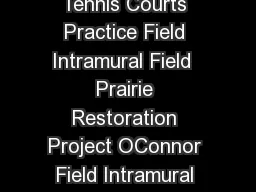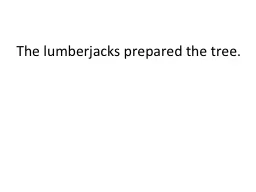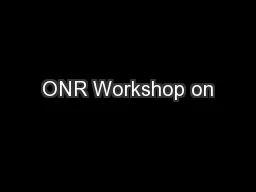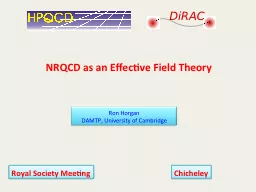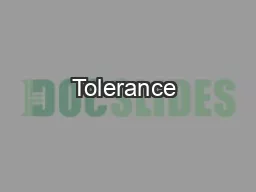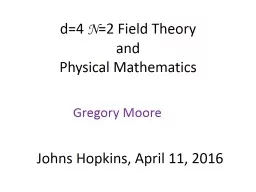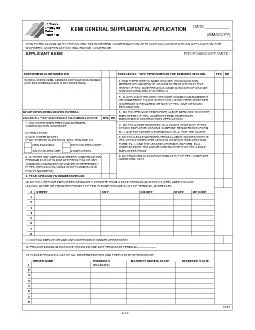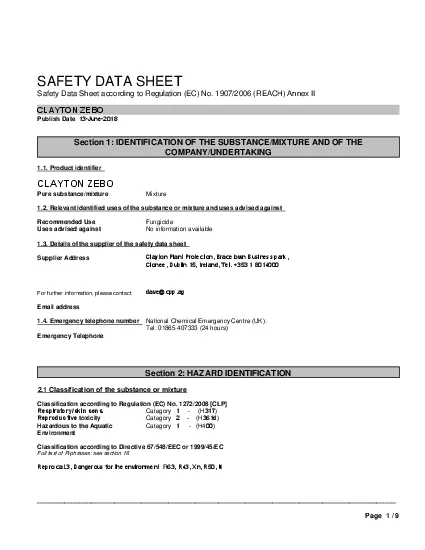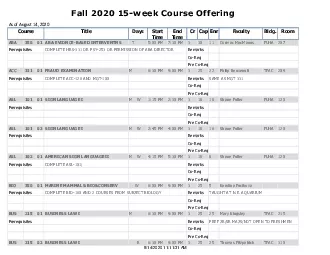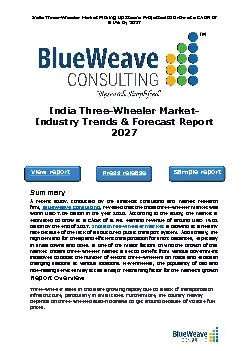PPT-Three Remarks On d=4 N=2 Field Theory
Author : iainnoli | Published Date : 2020-08-03
Gregory Moore Rutgers University Ascona July 3 2017 A Little Gap In The Classification Of Line Defects 2 Some New d4 N2 Superconformal Field Theories 1 2 3
Presentation Embed Code
Download Presentation
Download Presentation The PPT/PDF document "Three Remarks On d=4 N=2 Field Theory" is the property of its rightful owner. Permission is granted to download and print the materials on this website for personal, non-commercial use only, and to display it on your personal computer provided you do not modify the materials and that you retain all copyright notices contained in the materials. By downloading content from our website, you accept the terms of this agreement.
Three Remarks On d=4 N=2 Field Theory: Transcript
Download Rules Of Document
"Three Remarks On d=4 N=2 Field Theory"The content belongs to its owner. You may download and print it for personal use, without modification, and keep all copyright notices. By downloading, you agree to these terms.
Related Documents

